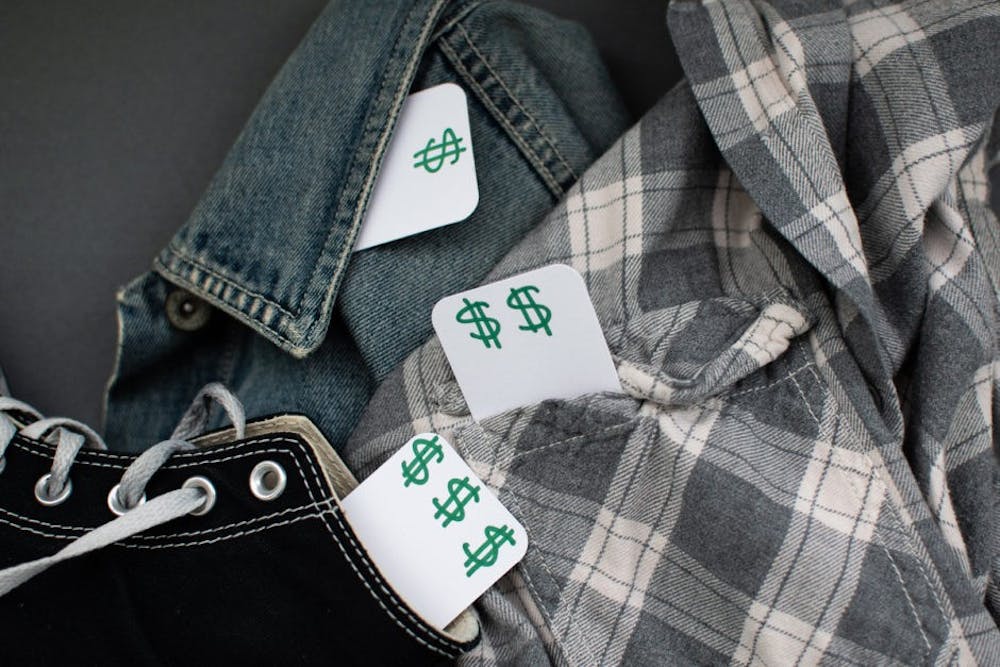Shopping at thrift stores and flea markets, better known by the popularized term “thrifting,” is one of fashion’s latest trends among young people. Hannah Heilman is a student at Indiana Wesleyan University who regularly thrifts. While she acknowledges the economic benefits, she says her reason to thrift is to play her part in combating climate change.
“[Thrifting] is so good for the planet– so good environmentally. That’s something we can do to fight against fast fashion, that way clothes aren’t ending up in landfills,” Heilman says.
Fast fashion refers to the rapid production of clothes by retailers attempting to keep up with trends. When these trends are over, many of these unsold clothes are discarded rather than reused. In fact, according to the Clean Clothes Campaign, three out of five fast fashion items end up in a landfill.
Dr. Tracie Tung is a professor at California State University Northridge who specializes in consumer behavior and e-commerce. For her, thrifting and fast fashion are related.
“Only 15% of the clothes we throw away goes to thrift stores,” Tung says. “The fashion industry is the second largest polluter in the world after the oil industry.”
Along with the popularization of thrifting comes a growing market for independent sellers. Apps like Depop and Facebook Marketplace are used by many to resell clothing. However, as prices of hand-me-down clothing rise, accessibility could become limited for low-income consumers.
Thrifting and fast fashion have historically been avenues to new wardrobe for low-income families for their low price points. This is just one of the things Tung has noticed during her research of consumer attitudes and behavior.
“Price is one of the key factors in the consumer decision-making process,” she says. “Fast fashion gives low-income families the opportunity to join the fashion trends with less cost.”
As a result of fast fashion and thrifting’s rise in popularity, corporations like Goodwill have raised their prices for more profit. Goodwill has changed their price model from set prices to fluctuating values, which start at a base price and then go up based on quality, condition, and whether or not an item is considered higher end. According to a 2010 valuation guide, all of the thrift store’s coats used to cost $8, but in 2020, a coat can go for between $7 and $40. These numbers are concerning for those who say the raised prices negatively affect low-income families, who rely on these stores.
This accessibility is especially crucial for Indiana residents. According to a 2019 study by the United States Census Bureau, 11.9% of Hoosiers live below the poverty line. This percentage accounts for approximately 801,108 people within the state who may be relying on thrift stores to buy their clothes.
For Heilman, these statistics are troubling, but they should not signal a complete end to thrifting.
“I see both perspectives and obviously it’s not okay, but I still think it’s cool that more people are getting into it because it is so good for our environment,” she says. “But, like with anything, there’s still going to be people who manipulate the system, so I think just being mindful of how we’re doing it is the goal.”





